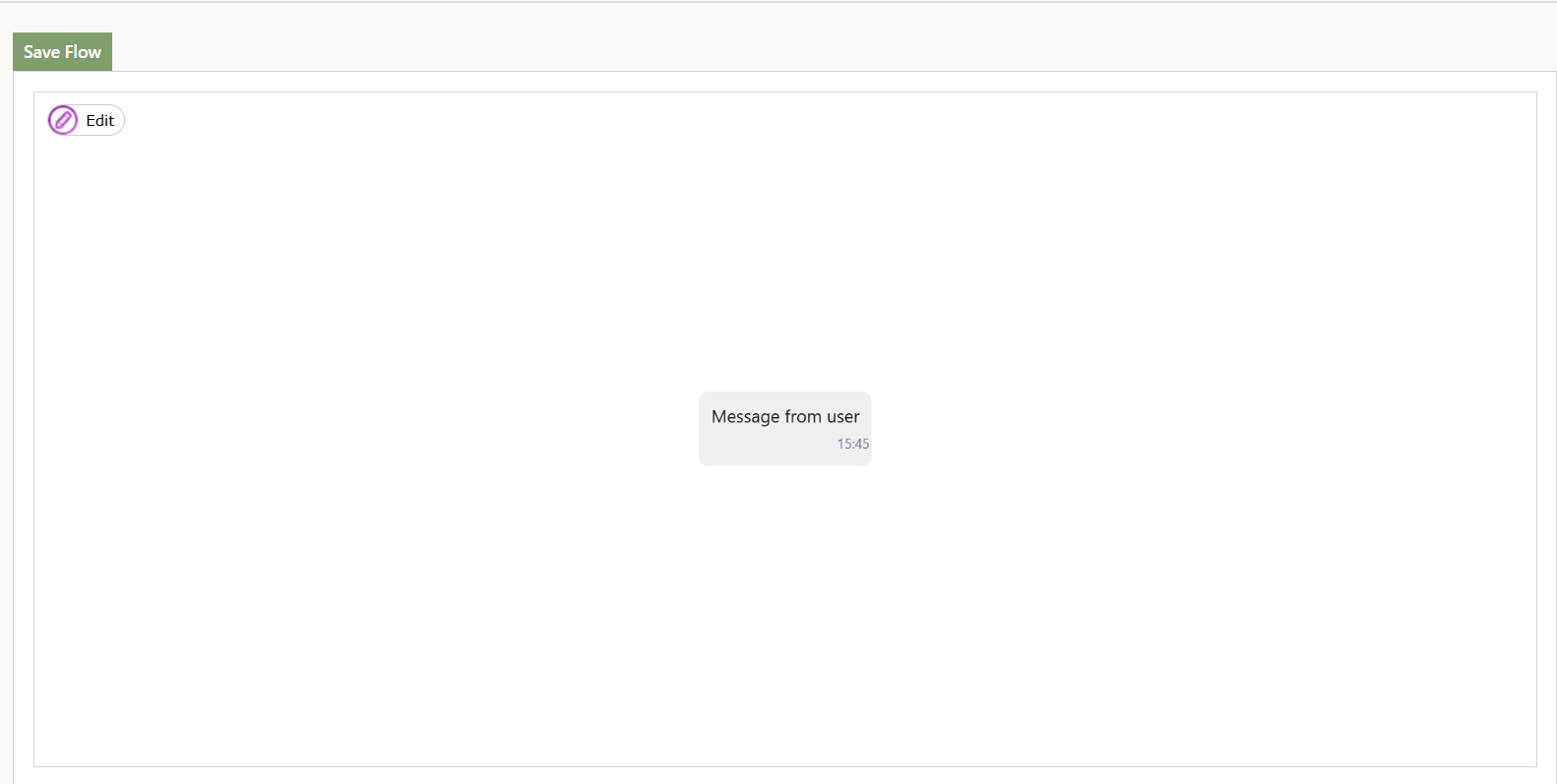Chat Bots
Chat bots are automated messaging flows that communicate with customers on behalf of the business.
In PCG MS, the business can use the bot factory to create these bots and enable them. Currently,
bots can only send text and buttons messages, however, more messaging types will be available soon.
A bot replies to messages using a predefined sequence created by the business. In client-bot
interactions, quick reply buttons (buttons messages) guide the client to send messages the bot can
respond to. If the
client sends a message outside of this sequence, the bot will not generate a response. e.g. When a
bot sends a buttons message, if the client did not choose one of the quick replies of that buttons
message and decided to
send a custom message, then the bot will not know what and how to respond.
Benefits of Bots:
For medium and large businesses, dedicating human resources to handle bulk customer responses is inefficient. With the PCG MS Bot Factory, businesses can automate repetitive messaging tasks, ensuring 24/7 instant responses to meet customer needs without manual effort.
Bot Factory:
This feature in PCG MS enables businesses to create their own Bots. For example, a business may want to create an automated chat for an enquiry chat flow, another one for customer service, and the third for completing an order. The bots always keep their eyes on the chat; a bot starts communicating if and only if a triggering message from the customer is sent.
What are triggering messages:
The chat initialization of the bot rely on a message that the customer may send called a triggering message. A business has the ability to specify one or more triggering messages or can even trigger the bot regardless of the message.
What is the trigger frequency:
The bot will only start a conversation in response to a customer's message if it has not already
communicated with that customer within a specified "trigger frequency" time window. In other words,
if the bot has interacted with the customer within the last [trigger frequency] time period, it will
ignore the new message and not start a new conversation.
For example, if the triggering message is "Hi" and the trigger frequency is 3 days:
- Event 1: Customer sends "Hi"
- Event 2: Bot replies, conversation flows between the two
- Event 3: Conversation ends
- Event 4: After 24 hours from event 3, the customer sends "Hi" once again. Bot ignores the message
- Event 5: After 4 days from event 3, the customer sends "Hi" once more. Bot replies, as it has surpassed the 3 days duration
- Event 6: Conversation ends
- Event 7: 2 days after event 6, same scenario as event 4 happens
Bot Factory Canvas:
When you navigate to Bot Factory you see a white canvas with a text message hovering in the middle. This message bubble resembles the message from the user, and its the initiation of all bots.

A Simple Bot Example:
The "Message from user" explained in the previous section is the start of the conversation and it's
initiated
by the customer. The bot, indeed, shall to reply to the customer's message; to prompt the bot into
doing so, click at "Message from user" bubble message, + sign, then choose what type of message
you'd like the bot
to reply with. It's recommended to choose "Text Only" at first then the more advanced one later.
Now you've created a node: the first reply message of the bot. You may change its content by
clicking on it, then on the pen sign.
After a satisfactory results, click on Save Flow button at the top left of the canvas. Here you can
assign a name to the bot, choose the triggering messages & the Trigger
frequency; then click on "Create Bot". You will be navigated to My Bots page.
Tree Nature of the Bot:
An option other than "Text Only" is "Text with Buttons", in particular, reply buttons. When creating
one, you can spot the skeleton placeholder of a "Text with buttons" bubble message linked to a grey
circle that is an option made by default. you can modify the text of the message the same way like "Text Only". However, you can add more options by clicking on the message, + sign, then write the option content.
In general,
reply buttons are those that when clicked by the customer, WhatsApp sends a normal message from the
customer to the businesses with the button's content. The bot knows this, So it waits for the
customer to choose and click on one of the buttons, WhatsApp sends the message, the bot then can
consider this particular message exactly the same as "Message from user" bubble message that we
talked about previously.
In this way, a tree can be built, with branches as long as needed. For example:
- Initially, "Message from user" bubble is displayed
- A "Text with Buttons" is added linked to "Message from user"
- The text of the "Text with Buttons" is changed to "What size would you like to choose?"
- The text of the existing option is changed to "Small"
- Created 2 more option and labeled them "Medium" & "Large"
- Created 2 "Text Only" messages, each linked from "Small" & "Medium" labeling it: "Thank you for choosing the size"
- Created a "Text Only" message linked to "Large", labeled: "Size not available!"
You can also select objects like edges, edit them, link more edges, make loops and much more! (use the pen at the top right of the canvas)
